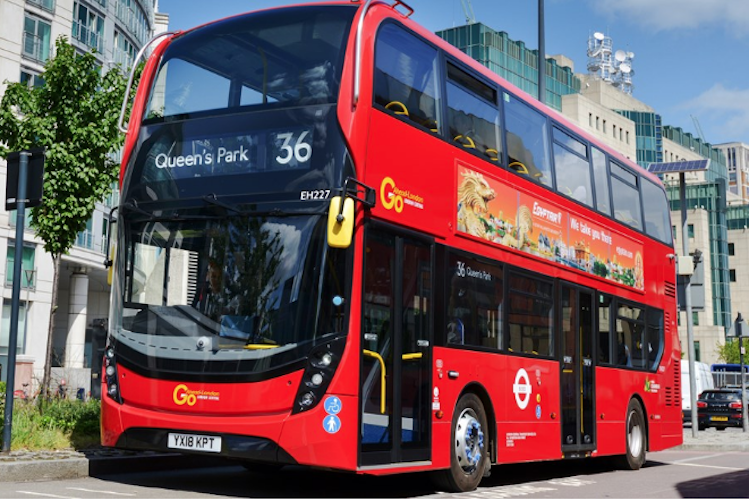Cuts to the capital’s bus services planned by Transport for London will worsen their recent decline and make them less attractive to passengers at a time when the city’s need for efficient public transport is growing, according to the boss of London’s largest bus service operator.
In an extensive interview with On London, John Trayner, managing director of Go-Ahead London, which runs nearly 200 bus routes in the capital, said that a combination of more delivery and private hire vehicles on the roads and increases in disruption caused by large construction projects and rapid changes to London’s road infrastructure demanded by Boris Johnson in the last two years of his mayoralty had led to a fall-off in passenger numbers after an extended period of growth.
Speaking as TfL published plans to reduce bus service capacity by seven per cent overall, Trayner said that, whilst he recognised that the Mayor’s transport body was in financial difficulties, “I don’t think our side is being heard and, even more importantly, the bus passenger’s voice isn’t being heard either. It’s almost as if the bus service has been too much of a success story in London and everyone’s forgotten that, and it’s now almost seen as OK to start cutting it. That will start to break up the network and inevitably make it less reliable, which will mean even less people use it.”
Trayner added that a deterioration in reliability of services and a fall-off in passenger numbers began from 2014, with buses travelling more slowly through more congested streets. “On some services, such as Route 11, which is one of our flagships – Liverpool Street to Fulham Broadway – it was, at some times a day, down below four miles per hour. You could almost walk quicker.” Attempts to address the problem had produced “a subtle change” in the the design of services, creating a shift away from a public service approach towards a more market-driven one, he explained.
There had also been difficult industrial relations implications, with drivers frequently completing their routes up to 50 minutes later than scheduled due to adverse conditions on the roads. “That caused people to leave the job or get really hacked off. I’ve worked in transport in London now for over 40 years and it is a family feel business. I’ve got a guy who works here who’s done 53 years as a bus driver. And those sorts of people were saying. “I’ve had enough”.
TfL’s budget pressures, which have become greater during the mayoralty of Sadiq Khan, have had a paradoxically helpful effect in that further road alternations have had to be delayed, Trayner said. He added that he and TfL are having “a good, constructive debate” about how to improve bus service reliability. However, he challenged the transport body to set a higher target for average traffic speeds: “I’m saying to them, “You’re not being ambitious enough”. The only way they’re going to get people back on board buses is a combination of us becoming more and more reliable and getting people from A to B in an acceptable time.”
London’s bus ridership recently hit the record number of nearly 2.4 billion passenger journeys a year, though Trayner says the most recent Department for Transport figures show a fall to close to 2.2 billion. It is by far the most used public transport service in the capital.
Read the full On London interview with John Trayner here.

